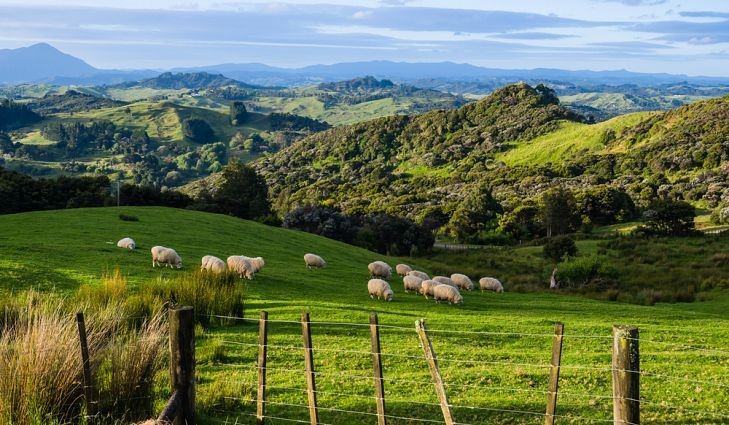Hill country farms cover more than 60% of NZ’s farm landmass, but – because of their sloping landscapes – the surface runoff when it rains can move sediment and nutrients like nitrogen and phosphorus into streams and lakes, too much of which leads to declining water quality.
Researchers compared nutrient and sediment losses in surface runoff when cattle were fed winter hay supplement on two hill country sub-catchments that had different kinds of soil. The catchment with poorly drained soil had nearly five times more surface runoff – and 4.5 times more total nitrogen – than the area with well-drained soil.
The authors say carefully choosing where cattle are fed in winter, such as in areas with better-drained soil, could reduce nutrient and sediment loss at no cost to farmers.
The research was published in the New Zealand Journal of Agricultural Research (HERE).
The Abstract says:
Nutrient loss in surface runoff from hill country catchments is typically generated from small areas and over short time periods.
This study compared nutrient and sediment losses in surface runoff when cattle were fed winter hay supplement on two hill country sub-catchments (∼0.3 ha) with contrasting soil types (imperfectly-drained and well-drained soils). Runoff samples were collected during seven events (June-August).
During this period, two herds of 16 pregnant, mixed aged Angus cows were supplemented with 2 kg DM. cow day−1 of hay in a defined feeding area within each sub-catchment
The imperfectly-drained soil measured 4.8 times the volume of surface runoff compared to the well-drained soil. As a result, the imperfectly-drained soil lost 2.5 times the amount of sediment, 6.3 and 5.1 times the amount of total phosphorus (TP) and dissolved reactive phosphorus respectively and 4.5 times the amount of total nitrogen (TN).
Surface runoff losses of nitrate-N from the well-drained soil were undetectable over the study period.
Whilst overall nutrient losses were low over the short study period (0.22 kg TP ha−1 and 0.68 kg TN ha−1), the results highlight the potential benefit of strategically placing cattle feed supplements on soils less prone to surface runoff to improve freshwater outcomes.
Funding for the project was provided by Beef and Lamb NZ, and the Farmed Landscape Research Centre, Massey University.
Source: Scimex












